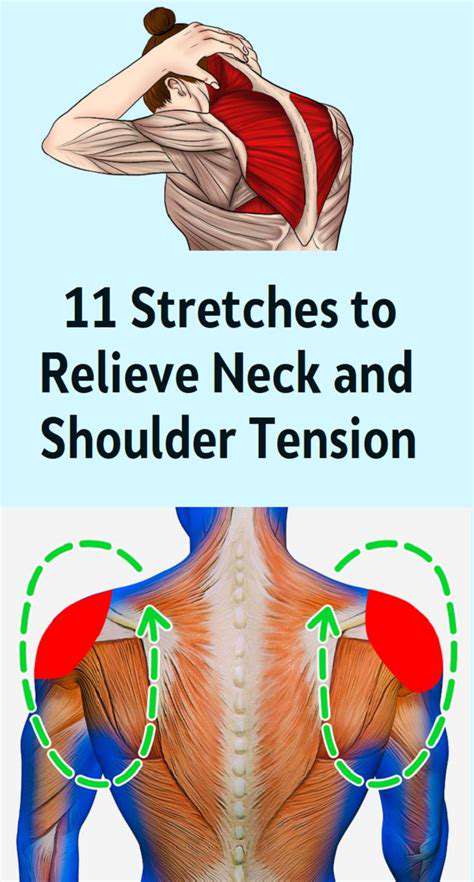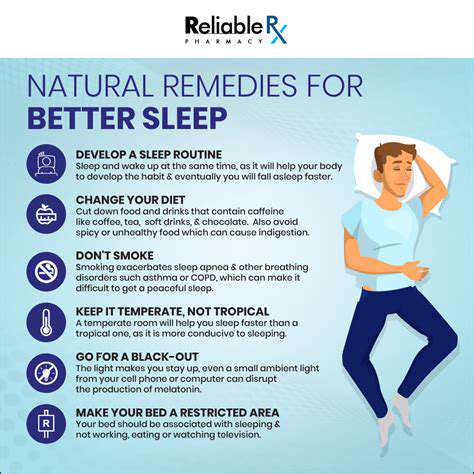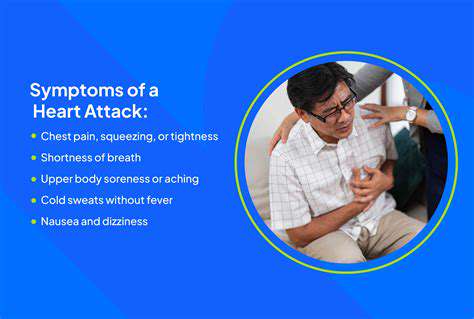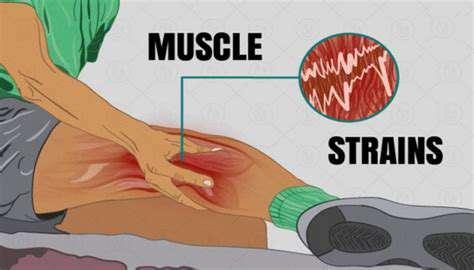Chronic Sinusitis: Causes, Symptoms, and Treatment Options
What Causes Chronic Sinusitis?
Understanding the Anatomy of Sinuses
The sinuses are a network of hollow cavities located in the bones surrounding the nasal area. These structures play a crucial role in respiratory health, as they help to humidify and filter the air we breathe. Each sinus is connected to the nasal cavity through small openings, known as ostia. When functioning properly, these openings facilitate mucus drainage, allowing air to circulate freely.
Sinuses are categorized into four main types: frontal, maxillary, ethmoid, and sphenoid. Each of these sinuses is uniquely shaped and located, contributing differently to overall sinus health. For instance, the maxillary sinuses are often the most affected in cases of chronic sinusitis, primarily because of their size and position. Understanding these anatomical differences is essential in comprehending how and why chronic sinusitis develops.
When the sinuses become inflamed or infected, this can lead to a blockage of the ostia, impeding mucus drainage and creating a breeding ground for bacteria and viruses. This situation can trigger not only chronic sinusitis but also other respiratory ailments. It is vital for both medical professionals and patients to recognize the importance of maintaining clear sinus passages to prevent complications.
In summary, a thorough understanding of sinus anatomy helps in diagnosing and treating chronic sinusitis effectively. Awareness of the sinus structure can also aid in clarifying the symptoms and potential complications that arise from persistent inflammation.
Common Causes of Chronic Sinusitis
Chronic sinusitis is often a multifactorial condition, where several underlying factors contribute to its development. One of the most prevalent causes is the presence of allergies, which can lead to inflammation of the sinus linings. Allergens such as pollen, dust mites, and pet dander can provoke an immune response, ultimately resulting in sinusitis.
Another common cause is anatomical irregularities within the nasal passages. Deviated septums and nasal polyps can obstruct the sinus openings, preventing proper drainage of mucus, thus promoting bacterial growth. These structural issues can exist from birth or develop due to previous infections or traumas.
Infections, particularly viral upper respiratory infections, can also trigger chronic sinusitis. Even after the viral infection has resolved, the inflammation in the sinuses may persist, leading to a condition where symptoms recur frequently. This prolonged inflammation can have a substantial impact on a person's quality of life.
Additionally, environmental factors such as exposure to pollution, smoke, and strong odors may exacerbate sinus issues. Identifying and managing these common causes is critical in mitigating symptoms and preventing the chronicity of sinusitis.
Impact of Chronic Sinusitis on Daily Life
The presence of chronic sinusitis can significantly affect an individual's quality of life. Symptoms like persistent nasal congestion, facial pain, and pressure often interfere with daily activities, including work, sleep, and social interactions. The discomfort can also lead to irritability and fatigue, creating a domino effect on mental health.
Moreover, chronic sinusitis is known to contribute to conditions such as sleep apnea, as difficulty breathing through the nose during sleep can disrupt restful sleep patterns. This lack of sleep can further exacerbate headaches and general fatigue, making it crucial to address sinus health to reclaim a normal sleep cycle.
People suffering from chronic sinusitis may also experience frequent headaches, which can escalate into migraines due to sinus pressure or inflammation. This pain can hinder productivity and concentration, making mundane tasks feel daunting and overwhelming.
Lastly, chronic sinusitis can induce feelings of isolation as sufferers may avoid social events due to discomfort or embarrassment over their symptoms. By understanding these impacts, individuals can better grasp the need for effective treatment and management of their chronic sinusitis.
Symptoms of Chronic Sinusitis
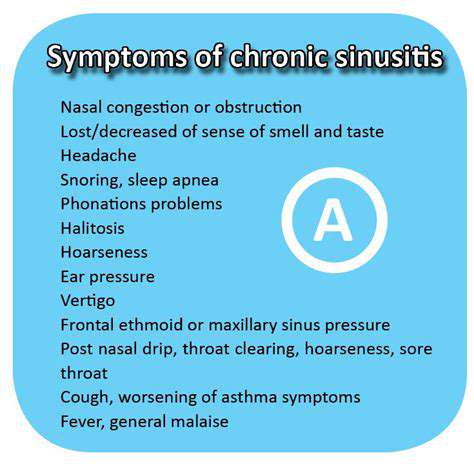
Common Symptoms Experienced by Individuals with Chronic Sinusitis
Chronic sinusitis can lead to a variety of symptoms that significantly affect daily life. Symptoms may vary from person to person, but they commonly include a persistent nasal congestion and facial pressure. Individuals often describe a feeling of heaviness or discomfort around the eyes, cheeks, and forehead. This pressure can become intensified, especially when bending over or lying down, which can be quite distressing.
Another hallmark of chronic sinusitis is the presence of a thick, discolored nasal discharge. This can be yellow or green in color and often indicates an ongoing infection or inflammation in the sinus cavities. The presence of this discharge can further exacerbate feelings of congestion, leading to a frustrating cycle of symptoms that linger for extended periods.
In addition to nasal symptoms, many individuals experience a reduced sense of smell or taste. This can be particularly troubling for those who take pride in their culinary skills or enjoy experiencing flavors. The reduced olfactory function often accompanies other respiratory symptoms, such as post-nasal drip, which can lead to throat irritation and coughing, further aggravating the condition.
Fatigue is another common symptom associated with chronic sinusitis. Many patients report feeling unusually tired or lethargic, which can be attributed to the body's ongoing fight against chronic infection and inflammation. As sleep quality often suffers during these episodes, managing energy levels becomes an important aspect of treatment and recovery.
Impact of Chronic Sinusitis Symptoms on Daily Life
The symptoms of chronic sinusitis can dramatically impact one's ability to function effectively in everyday life. Many individuals may find that simple tasks, such as going to work or socializing, become increasingly challenging due to persistent discomfort. This struggle can lead to a decline in overall quality of life.
In workplace environments, chronic sinusitis poses unique challenges, especially in roles that require clear communication or physical exertion. Discomfort and fatigue can result in decreased productivity, and the frequent need for medical appointments may lead to increased absenteeism. The emotional toll of managing these symptoms can also contribute to feelings of frustration or helplessness.
Social interactions can also be affected, as individuals with chronic sinusitis might avoid gatherings due to embarrassment or fear of contaminating others with their symptoms. This can lead to isolation and affect relationships with friends and family. The need to consistently decline invitations or excuse oneself from conversations can contribute to a sense of disconnection.
Seeking treatment for chronic sinusitis is crucial—not only for alleviating symptoms but also for reclaiming one's normal life. Understanding and managing the symptoms allows individuals to engage in their preferred activities once more, reinforcing the importance of seeking professional help and exploring effective treatment options.
Effective Treatment Options for Sinusitis
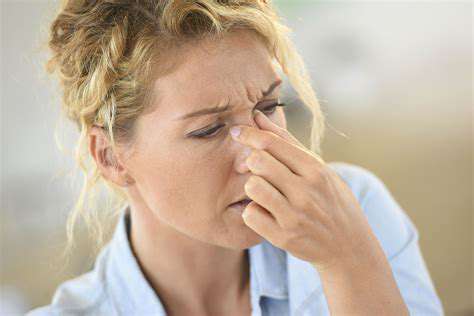
Medical Treatments for Sinusitis
When dealing with sinusitis, it is crucial to consult a healthcare provider to discuss appropriate medical treatments that target the underlying infection and inflammation. Common options include nasal corticosteroids, which help reduce swelling and allow for better drainage. Over-the-counter decongestants may also provide temporary relief by shrinking swollen nasal tissues, making it easier to breathe.
In situations where bacterial infection is suspected, antibiotics might be prescribed. It’s essential to note that antibiotics are ineffective against viral sinusitis. Therefore, your doctor will evaluate whether the cause is bacterial before initiating this treatment. Understanding the cause of sinusitis is vital for determining the correct medical approach.
Saline nasal sprays or irrigations can also play a significant role in medical therapy, as they help wash out mucus, allergens, and irritants from the nasal passages. This method is especially beneficial for patients who suffer from chronic sinusitis, as it promotes better nasal hygiene and reduces congestion. Moreover, while medications can alleviate symptoms, they often work best alongside other treatment strategies.
For chronic cases that do not respond to medication, your physician might discuss advanced treatments, such as biologics, which target specific pathways in the inflammatory process. This class of medications can be particularly useful for those with underlying conditions exacerbating sinusitis, such as asthma or allergies. Thus, personalized treatment strategies are essential.
In addition to medical interventions, it’s equally important to adopt lifestyle changes that can complement the treatment process. Staying hydrated, using a humidifier, and avoiding known allergens are all measures that can enhance your recovery. Overall, a comprehensive approach towards the management of sinusitis is crucial for effective treatment.
Home Remedies and Lifestyle Adjustments
While medical treatments are widely recognized, many patients also seek out home remedies to alleviate their sinusitis symptoms. Utilizing steam inhalation is one effective method that can help open nasal passages. Inhaling steam from hot water can provide immediate relief by loosening mucus blockage and alleviating sinus pressure.
Another popular home remedy is warm compresses, which can be placed on the face to relieve sinus pain and pressure. Applying heat to the sinuses can help relax and soothe inflamed tissues, enhancing overall comfort. It’s a simple and cost-effective way to manage symptoms without the need for medication.
Maintaining a healthy diet rich in anti-inflammatory foods can also aid in the management of sinusitis. Foods such as garlic, ginger, and leafy greens contain properties that fight inflammation and support the immune system. Additionally, drinking herbal teas, particularly those with eucalyptus or peppermint, can provide soothing benefits for the sinuses.
Staying well-hydrated is another crucial component of managing sinusitis at home. Increased fluid intake helps thin mucus, promoting drainage and reducing congestion. Warm liquids like broths and herbal teas are not only comforting but also effective in keeping hydration levels up.
Finally, avoiding potential allergens and irritants is vital for preventing sinusitis flare-ups. Common triggers include smoking, air pollution, and strong scents. By creating a clean and fresh environment, you can significantly reduce the chances of developing sinus issues. Adopting these home remedies and lifestyle adjustments can complement your overall treatment plan effectively.
